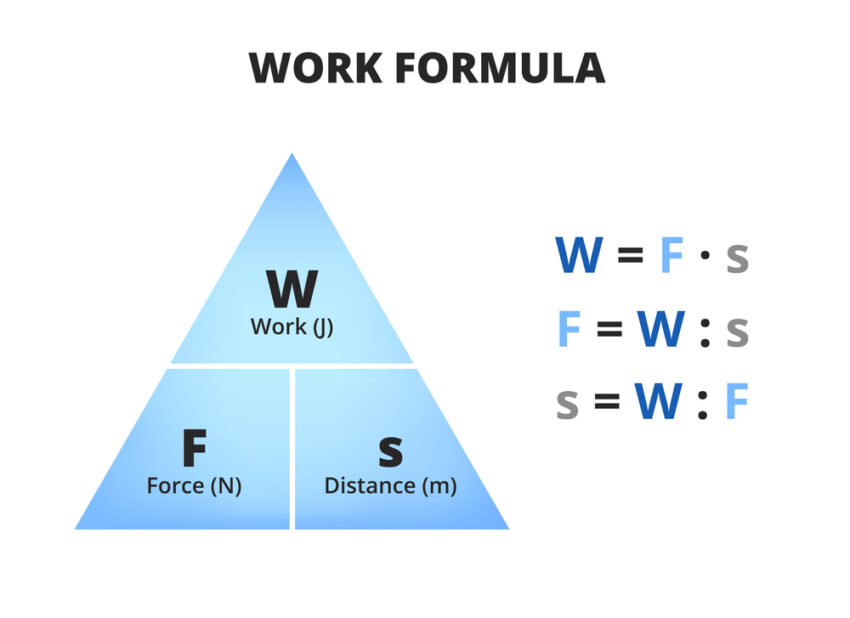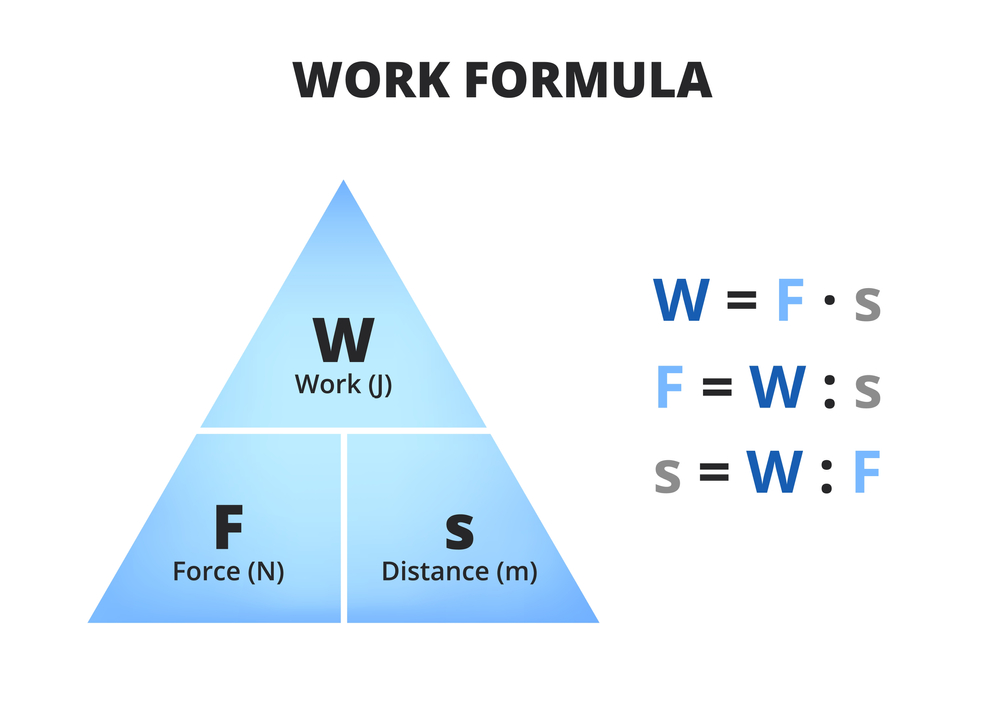Work is a fundamental concept both in physics and our everyday experiences. It is a term frequently used to describe the effort involved in various tasks, from professional responsibilities to daily chores. But what exactly does work mean in scientific terms, and how do we quantify it? This article will clarify the concept of work, present its formula, and discuss its measurement.
What Is Work?
In physics, work refers to the energy transferred when a force acts on an object and causes it to move. It represents the effort applied to overcome resistance and move an object through a distance. Essentially, work is done whenever you push, pull, lift, or carry something.
Work as a Physical Quantity
Work is a scalar quantity in physics, meaning it has only magnitude and no direction. It measures the energy transferred to or from an object through the application of force. The amount of work done depends on the size of the force applied and the distance over which it is applied.
Formula for Work
The formula for calculating work can be expressed in two ways:
Basic Formula:
W= F.d
Work (W) is measured in joules (J)
Force (F) is measured in newtons (N)
Distance (d) is measured in meters (m)
This formula indicates that work is directly proportional to both the force applied and the distance over which it is applied. The unit of work is the joule (J), where one joule equals the work done when the force of one Newton moves an object one meter.
- Formula with Angle:
W = (F cos θ) d = F. d
θ is the angle between the force and the direction of motion.
This formula accounts for cases where the force is applied at an angle to the direction of movement. When the force is aligned with the direction of movement (θ = 0°), cos θ equals 1, and this formula simplifies to the basic one.
Measuring Work
The standard unit for measuring work in physics is the joule (J). One joule is the amount of work done when a force of one Newton moves an object a distance of one meter in the direction of the force. Other units like calorPosties or kilowatt-hours (kWh) might be used in everyday contexts, such as discussing energy expenditure or household energy consumption.
Example: If you apply a force of 50 newtons to push a bookshelf across a room for 5 meters, the work done is:
Work (W)=Force (F)×Distance (d)
Work (W)=50 N×5 m
Work (W)=250 joules (J)
Work (W)=Force (F)×Distance (d)Work (W)=50 N×5 work (W)=250 joules (J)
Thus, you have done 250 joules of work to move the bookshelf.
Work and Energy
Work and energy are closely related. The work-energy theorem states that the work done on an object equals the change in its kinetic energy. This principle is key in many physical processes, including mechanics and thermodynamics.
Kinetic Energy and Work
When work is done on an object, it changes the object’s kinetic energy, which is the energy associated with motion. The work done results in a change in this energy.
Potential Energy and Work
Work can also alter an object’s potential energy, which is related to its position or height relative to a reference point. Work can either increase or decrease potential energy depending on the direction of the force relative to the object’s movement.
Work in Physics
In physics, work is essential for understanding how forces affect objects. It is fundamental in mechanics, thermodynamics, and electromagnetism. For instance, in mechanics, work helps explain how external forces change an object’s motion. In thermodynamics, it plays a critical role in studying energy transfer and the operation of heat engines.
Types of Work
Positive Work: Occurs when the force applied to an object causes it to move in the same direction as the force, increasing the object’s energy.
Negative Work: This happens when the force applied opposes the object’s motion, resulting in a decrease in the object’s energy.
Conclusion
Work is a versatile concept with numerous applications across different fields. Understanding its formula, measurement, and relationship to energy is crucial for various scientific and practical contexts. Whether in physics or everyday life, work plays a significant role in how we interact with the world around us.



